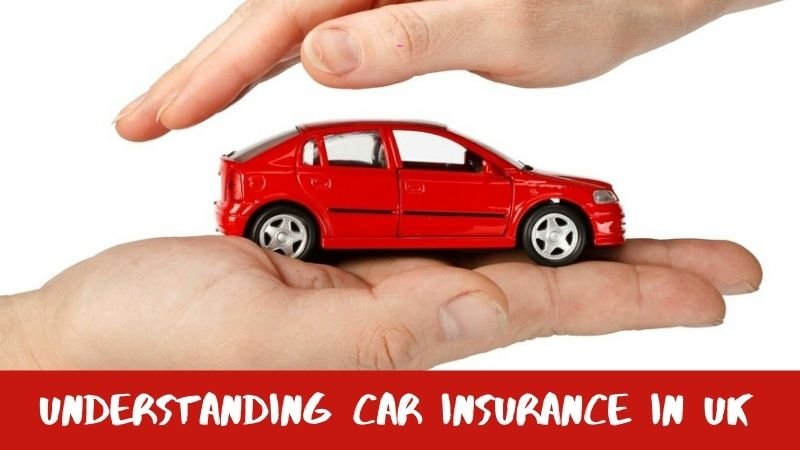Car insurance is legally required in most U.S. states to protect drivers financially in case of accidents, theft, or damages. The cost and coverage options vary based on your state, vehicle, driving history, and chosen policy.
1. Is Car Insurance Required in the USA?
Yes, almost every state requires car insurance, except New Hampshire (drivers must prove they can pay for damages out of pocket). The minimum coverage required varies by state.
🔴 Most states require at least liability insurance to cover damage or injuries you cause to others.
🔴 Some states require additional coverage like Personal Injury Protection (PIP) or Uninsured Motorist Coverage.
💡 Tip: Check your state’s minimum insurance requirements before purchasing a policy.
2. Types of Car Insurance Coverage
A) Liability Insurance (Mandatory in Most States)
- Covers injuries and property damage if you cause an accident.
- Does NOT cover your own car’s damage or medical bills.
💡 Best for: Meeting legal requirements at the lowest cost.
B) Collision Insurance
- Pays for repairs to your car after an accident, regardless of fault.
- Required if you’re financing or leasing a vehicle.
💡 Best for: People with newer or expensive cars.
C) Comprehensive Insurance
- Covers damage not caused by an accident, such as:
✔️ Theft
✔️ Vandalism
✔️ Natural disasters (storms, floods, fires)
✔️ Hitting an animal
💡 Best for: Protecting against unexpected non-accident damage.
D) Uninsured/Underinsured Motorist Coverage (UM/UIM)
- Covers injuries and damages if you’re hit by a driver without insurance or not enough coverage.
- Required in some states.
💡 Best for: Areas with many uninsured drivers.
E) Personal Injury Protection (PIP)
- Covers medical expenses for you and your passengers, regardless of fault.
- Required in no-fault states like Florida, Michigan, and New York.
💡 Best for: Extra medical coverage after an accident.
3. Cost of Car Insurance in the USA
| Type of Coverage | Average Monthly Cost |
|---|---|
| Minimum Liability | $50–$100 |
| Full Coverage (Liability + Collision + Comprehensive) | $100–$200 |
| High-Risk Driver Insurance | $150–$300 |
🚗 Factors affecting cost:
- Driving history (accidents, tickets, DUI).
- Age & gender (young drivers pay more).
- Location (urban areas cost more than rural areas).
- Credit score (higher credit = lower premiums in most states).
💡 Tip: Bundling home and auto insurance can save up to 20%!
4. Best Car Insurance Companies in the USA
🏆 Geico – Best for affordable rates and discounts.
🏆 State Farm – Best for customer service and claims.
🏆 Progressive – Best for high-risk drivers.
🏆 Allstate – Best for optional coverage and accident forgiveness.
🏆 USAA – Best for military families.
💡 Use comparison sites like The Zebra, NerdWallet, or Policygenius to find the best deals.
5. How to Choose the Best Car Insurance Policy?
✔️ Compare quotes from multiple providers.
✔️ Check state minimum coverage requirements.
✔️ Consider full coverage if your car is new or valuable.
✔️ Ask about discounts (safe driver, bundling, student discounts, etc.).
✔️ Look at customer reviews for claims processing speed.
